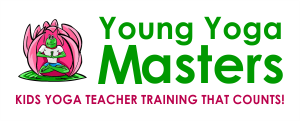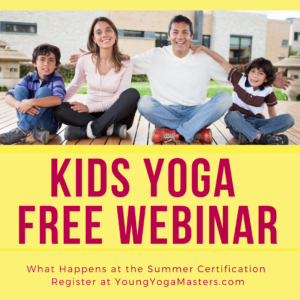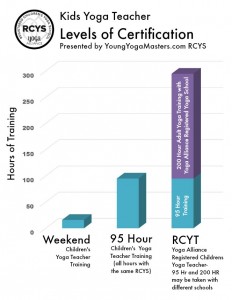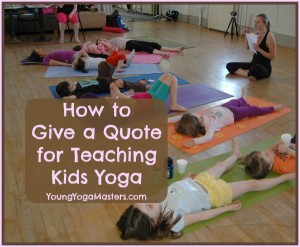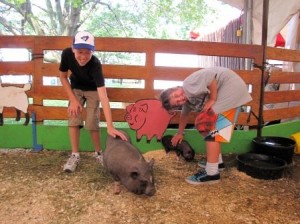You're about 45 days away from the 12 Day Summer Certification with Young Yoga Masters. Questions … [Read more...] about New Webinar: What Happens at the Kids Yoga Teacher Summer Certification?
FAQ's
Levels of Certification for Kids Yoga Teachers – Who Gets What?
With news of the ongoing advocacy work of Yoga Alliance to prevent Yoga Teaching from becoming … [Read more...] about Levels of Certification for Kids Yoga Teachers – Who Gets What?
5 Keys to Giving a Good Quote for Teaching Kids Yoga
We don't usually picture a yogi carrying a briefcase and using a calculator. The business of … [Read more...] about 5 Keys to Giving a Good Quote for Teaching Kids Yoga
Top 10 Kids Yoga Animal Poses
Top 10 Kids Yoga Animal Poses There's a question that every new kids yoga teacher asks when … [Read more...] about Top 10 Kids Yoga Animal Poses
Get Started Teaching Yoga for Kids
Let the Games Begin! Practice Teaching in the Teacher Training Course One great thing about … [Read more...] about Get Started Teaching Yoga for Kids
Get Kids Active with Donkey Kicks
Donkey Kicks are a Kid's Favorite Thanks to everyone who has been sending in questions! Here's … [Read more...] about Get Kids Active with Donkey Kicks
